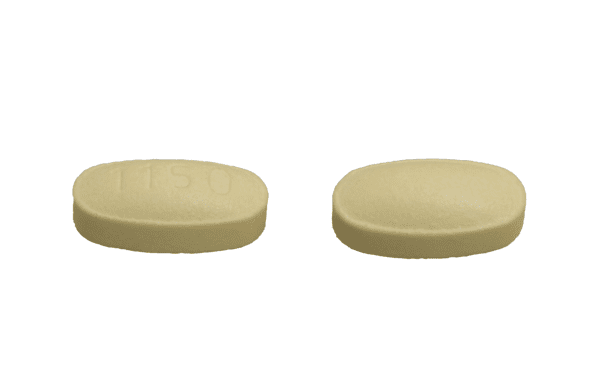Mirabegron and Alcohol/Food Interactions
There are 2 alcohol/food/lifestyle interactions with mirabegron.
Mirabegron Food/Lifestyle
Minor Food Interaction
Food reduces the oral absorption and bioavailability of mirabegron. According to the product labeling, administration of a 50 mg tablet with a high-fat meal decreased mirabegron peak plasma concentration (Cmax) and systemic exposure (AUC) by 45% and 17%, respectively, whereas administration with a low-fat meal decreased mirabegron Cmax and AUC by 75% and 51%, respectively. In phase 3 clinical studies demonstrating both safety and efficacy, mirabegron was administered without regards to food content and intake. Therefore, mirabegron can be taken with or without food at the recommended dosage.
References (1)
- (2012) "Product Information. Myrbetriq (mirabegron)." Astellas Pharma US, Inc
Switch to consumer interaction data
Mirabegron High Blood Pressure (Hypertension)
Moderate Potential Hazard, Moderate plausibility
mirabegron - hypertension
Mirabegron can increase blood pressure. In clinical studies, the use of mirabegron was associated with dose-related increases in supine blood pressure. At the maximum recommended dose of 50 mg, the mean maximum increase in systolic/diastolic blood pressure was approximately 3.5/1.5 mmHg greater than placebo in healthy volunteers and approximately 0.5 to 1 mmHg greater than placebo in patients with overactive bladder. Worsening of preexisting hypertension was reported infrequently in patients receiving mirabegron. Therapy with mirabegron should be administered cautiously in patients with hypertension. Periodic blood pressure determinations are recommended. Mirabegron is not recommended for use in patients with severe, uncontrolled hypertension, defined as systolic blood pressure >=180 mm Hg and/or diastolic blood pressure >=110 mm Hg.
References (1)
- (2012) "Product Information. Myrbetriq (mirabegron)." Astellas Pharma US, Inc
Switch to consumer interaction data
Mirabegron drug interactions
There are 255 drug interactions with mirabegron.
Mirabegron disease interactions
There are 4 disease interactions with mirabegron which include:
More about mirabegron
- mirabegron consumer information
- Check interactions
- Compare alternatives
- Pricing & coupons
- Reviews (356)
- Drug images
- Side effects
- Dosage information
- During pregnancy
- Drug class: urinary antispasmodics
- Breastfeeding
- En español
Related treatment guides
Drug Interaction Classification
| Highly clinically significant. Avoid combinations; the risk of the interaction outweighs the benefit. | |
| Moderately clinically significant. Usually avoid combinations; use it only under special circumstances. | |
| Minimally clinically significant. Minimize risk; assess risk and consider an alternative drug, take steps to circumvent the interaction risk and/or institute a monitoring plan. | |
| No interaction information available. |
See also:
Further information
Always consult your healthcare provider to ensure the information displayed on this page applies to your personal circumstances.


